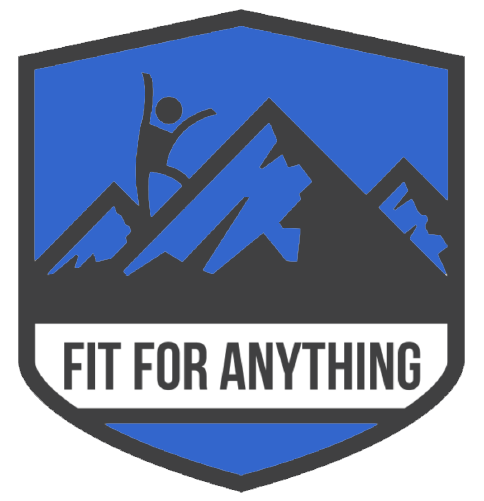Over half way through 2018 and it is already clear which trends in fitness and training may be on their way out. Fit For Anything takes a look at the top 5 declining schools of thought to keep you one step ahead.
1. Training in a fasted state
Intermittent fasting is still hugely popular among athletes, but properly timing your meals or snacks to fuel your training is essential for top performance. Doing a long or hard session ahead of breakfast in a “fasted state” will break your body down, not help you burn fat. Consider a slow, short run or walk but don’t push yourself too hard. Fuel for your training, and if you are experimenting with intermittent fasting, make sure your training time is within the feeding window.
2. More isn’t always more
More sessions, a longer time in the gym or the pursuit of clocking up more miles on the road isn’t always the answer. I often see people push themselves too far, even through injury, to meet an arbitrary goal — often ending up more injured in the process. If you are sick/overtired/just flown back from a business trip/didn’t sleep/injured; you don’t have to keep your recent intensity up no matter what it costs. Yes – be accountable to regular exercise – but if you have long-term goals, you can’t think about instant gratification. Keep your SMART goals in mind and sometimes less is more.
3. High Fat Low Carb diets
It’s not to say that HFLC won’t work for some people — but the way it’s been written about and discussed in a lot of the training communities in recent years that has coaches cringing. Cutting carbs or dropping them to an extreme can be dangerous, and definitely won’t help you hit a PB. These diets may work for ultra-endurance athletes as discussed in my previous Keto Diet blog, but on the whole, people need carbs. High performance in aerobic sports, running, cycling, swimming and rowing, reward those who can oxidise the most carbs and not the most fat.
4. The perfect stride
Your ideal stride, as it turns out, is likely the one you’re already using. You will be able to figure out what works best for you. If what you are doing feels uncomfortable or if there is an injury issue that keeps cropping up, there could be some need to look into it with a trainer who will be able to spot how you can improve your running technique. But to simply change something for style — midfoot, forefoot versus heel strike, for instance — usually ends up with either a slower time or an injury.
5. You don’t have to be a morning person
While being an early bird is great to get your training done before other priorities take over, the trend that is on the decline is the idea that whoever trains the earliest is the toughest. Good personal trainers are beginning to encourage clients to prioritize getting adequate sleep for proper recovery, and training at a time that suits their needs, versus one that looks coolest on social media. If the pre-dawn session leaves you buzzing for the day ahead then stick with it. But if the 4 a.m. alarm call is leaving you suffering through the rest of your day, take a pass.
In essence, the message is clear – Fitness trends will always come and go. If you train well, train safely, train regularly and eat a well-balanced diet you will always be one step ahead of the trend-setters.

